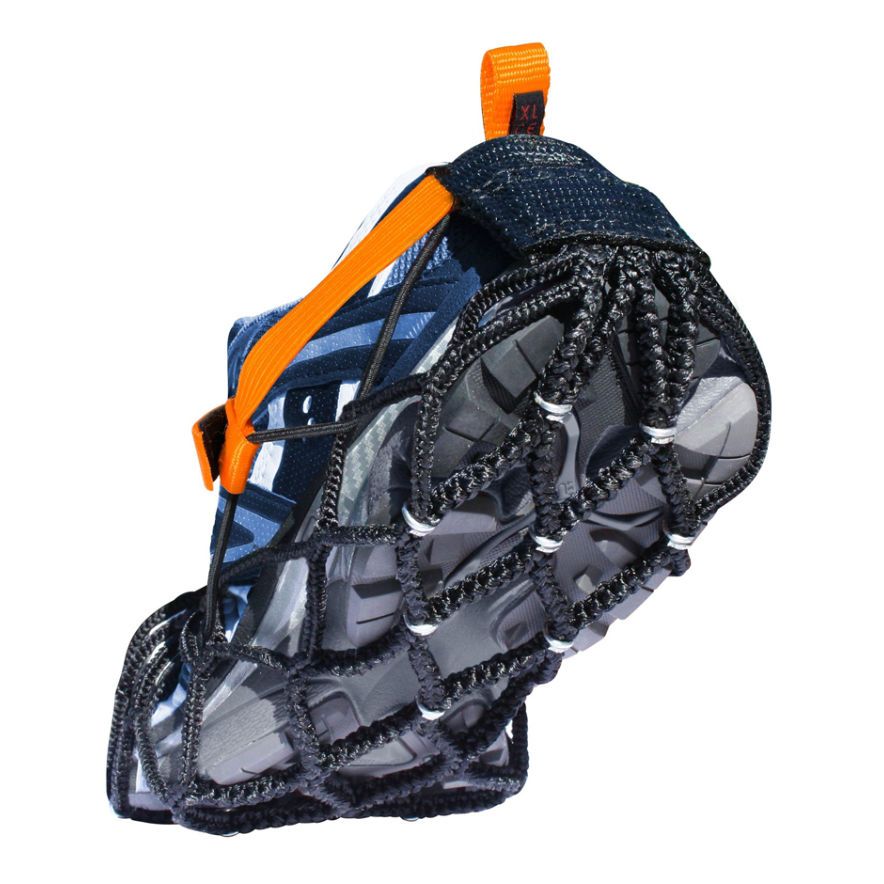Faults
Faults are a tear or fracture in rocks that moves two rocks or crusts by distances of a few centimeters to a few dozen or even a hundred kilometers.
Below are the most frequently asked questions about faults:
Faults are a tear or fracture in rocks that moves two rocks or crusts by distances of a few centimeters to a few dozen or even a hundred kilometers.
Unlike a breakFault rocks are breaks that can arise from movements in the ground. Earth and rock layers are moved from their original position by fault rocks, which in turn moves minerals and metals. More, a fault affects an extensive surface, like an avalanche that lays the ground and rock flat on the layer.
Earth and rock layers are moved from their original position by faults, which in turn moves minerals and metals. This movement causes several atom and molecular structures to press against each other on the fracture line, which, in combination with water as a link, creates galvanic tension and radiation.
Faults in geobiologyGeobiology deals with cause studies and shielding technology for restoring and maintaining health. More and in practice
Faults are among the most common natural fault zones, whereby the intensity of the radiation from the galvanic current within a residential can be significantly different. Strong environmental influences caused by faults can often be found on properties on slopes or at the foot of mountains. The natural fault zone of a fault is shielded or deflected by technical interferenceInterference describes the superposition of two or more waves based on the principle of superposition - therefore the addition of their individual amplitudes. More from oscillating circuits in radiation protection mats. It is worth noting that the effect of the mats is geographically limited.
The typical symptoms of faults are: bones, joints, motor system, increased wear and tear, back pains, rheumatism, depression, etc.
Faults explained on Wikipedia






















